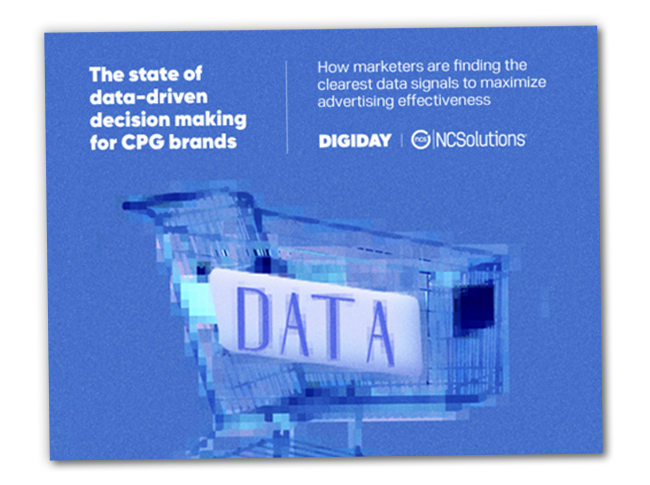Menu

By NCS Marketing
Knowing that an advertisement led to a purchase is a marketer’s holy grail. Marketers use multi-touch attribution (MTA), which assigns credit to the various touch points during a customer path, to connect those dots and prove ad efficacy.
However, MTA could soon be obsolete as privacy concerns drive the retirement of third-party cookies, which are the tracks on which the model runs.
That’s why more brands are turning to marketing mix models (MMM) as an alternative. It’s an approach that works well for big-picture strategy. Brands gain a broad view of marketing efforts and can use findings to allocate media spend across channels. But that’s not all: when marketers add recent sales lift results to a marketing mix model, they gain a finely tuned read on return on ad spend (ROAS).
Without a true reading of ROAS at the execution level, advertisers may underestimate the success of their campaigns, leading to lower budgets in the future. And publishers? They can’t prove the true value of their platforms in driving sales for brands.
Sales lift data: a marketer’s superpower
A typical marketing mix model attempts to equate sales to independent variables (such as media, price, weather, etc.) to determine which elements have the greatest impact on outcomes. The results are used to plan for future campaigns; however, by default, marketing mix models don’t always measure down to a single campaign level.
The good news is sales lift analysis can improve the likelihood of understanding the contribution of incremental sales by specific publishers in specific campaigns.
Recently, Google and Nielsen conducted research to understand the value of adding granular detail to MMM. They wanted to see if adding experiment-based priors (individual campaign sales lift results) to the MMM formula would improve the findings and what the effect would be. So they selected 10 campaigns that had advertising running on YouTube for which NCS had run Sales Effect studies, and Nielsen had also run MMM.
Google and Nielsen first evaluated results delivered by the traditional MMM model, then added the campaign sales lift outcomes and ran the model again.
Upon re-running all 10 models with new sales lift outcomes included, Nielsen saw an 84% increase in YouTube ROAS. For the average brand, this translated to $570K more in YouTube-attributed sales.
The team shared their results at the Advertising Research Foundation’s (ARF) AUDIENCExSCIENCE 2023 conference. You can watch the entire presentation here:
What was the impact? Brands saw a 2.6 times median increase in effectiveness in the adjusted models (after sales lift outcomes were introduced). In addition, eight out of 10 brands saw a higher lift than in the original model. The effect was greatest on smaller campaigns and newly modeled brands.
These results make it clear: brands can benefit when utilizing both MMM and sales lift studies together. When they can, brands should leverage sales lift results in their models to prove the value of their campaigns and secure larger budgets. Likewise, publishers should collaborate with brands to incorporate MMM with sales lift data. They can enhance their opportunity to get more credit for creating sales from their media.
Connect with us to talk about bringing NCS Sales Effect data into marketing mix modeling.
Subscribe for Updates
GET INSIDE THE MINDS OF CPG BRAND MARKETERS
Learn about their data-fueled strategies
SNAG YOUR COPY OF THE REPORT TODAY
WONDERING HOW CONSUMERS RESPOND TO INFLUENCER MARKETING?
See how creating content drives results
DOWNLOAD YOUR COPY NOW
WANT TO KNOW MORE ABOUT HEALTH AND ECO-MINDED SHOPPERS?
Get CPG insights to engage your buyers
ACCESS THE E-BOOK TODAY


.png)
.png)

